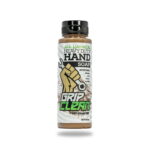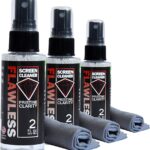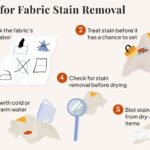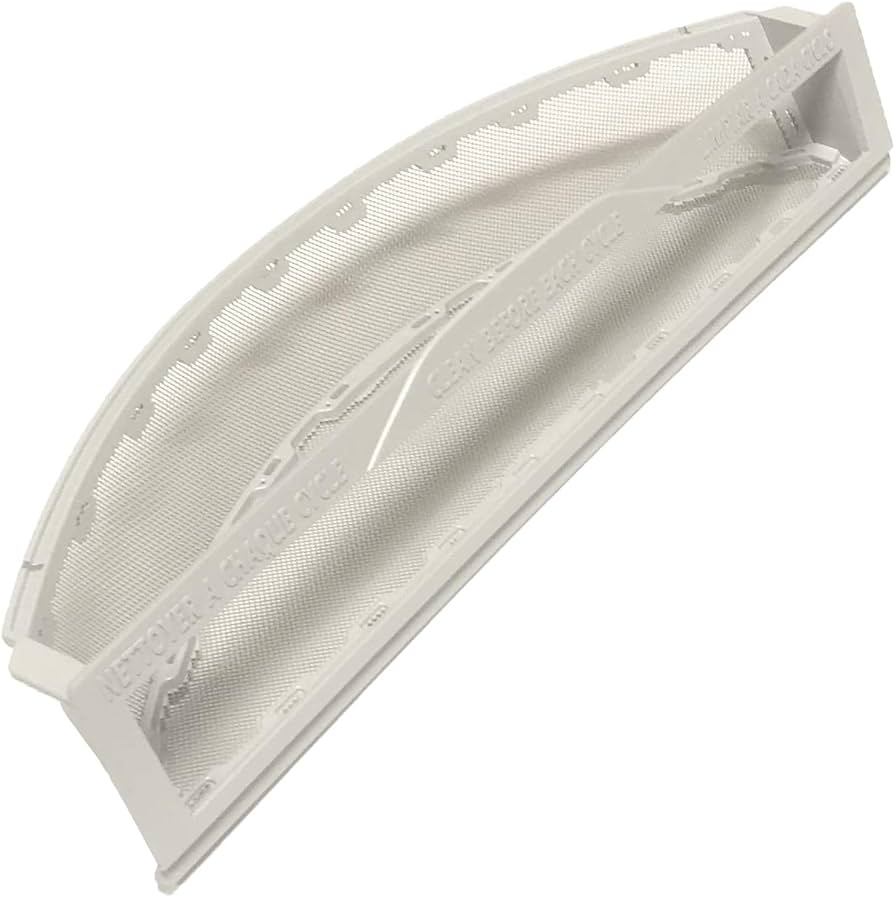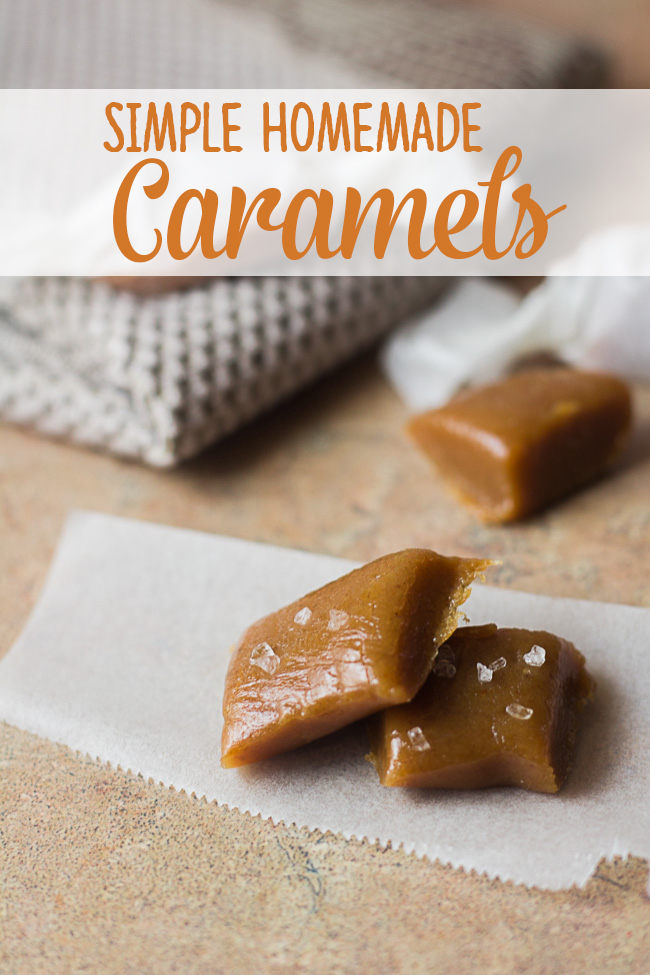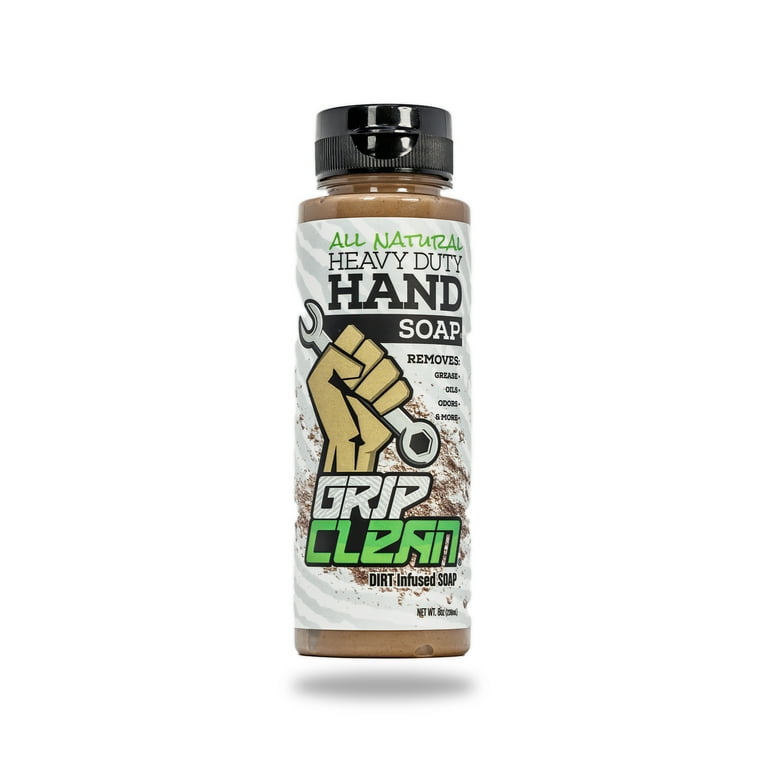As an Amazon Associate I earn from qualifying purchases.
To get lint off of clothes in the dryer, use a dryer sheet. Dryer sheets not only freshen clothes, but they also soften the threads, making them less abrasive and less likely to generate lint through contact.
Additionally, you can remove lint with a damp dryer sheet by rubbing it over the clothing. Another method is to use a sticky lint roller, roll of tape, or a rubber glove to remove lint that won’t come off easily.
These methods will effectively remove lint from clothes and keep them looking clean and fresh.

Credit: www.amazon.com
Manual Removal Methods
htmlHow to Get Lint off of Clothes in Dryer
Manual Removal Methods
Using Lint Removal Kit
One effective way to remove lint from clothes in the dryer is by using a lint removal kit. These kits typically include a set of brushes, a vacuum attachment, and a lint trap cleaning tool. The first step is to remove the lint filter from the dryer and clean it thoroughly. Then, insert the brush into the dryer vent and gently rotate it to remove any lint buildup. Afterward, use the vacuum attachment to suck out any remaining lint. Another option is to use a sticky roller or tape to remove lint from clothes. Simply roll the sticky roller over the fabric or press the tape firmly onto the garment to lift off the lint. These manual removal methods are quick and easy ways to keep your clothes looking clean and lint-free.
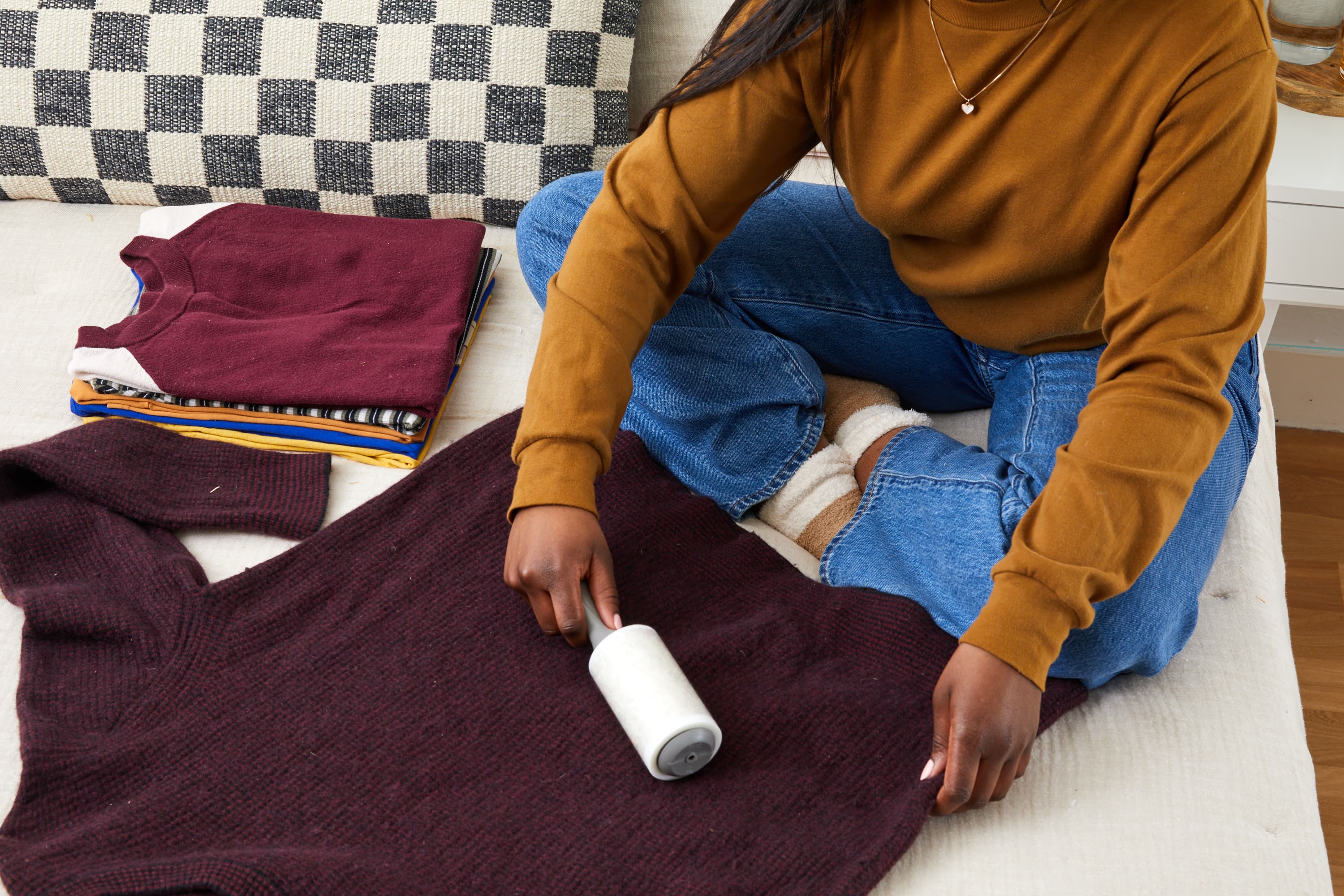
Credit: www.apartmenttherapy.com
Machinery Solutions
Looking for ways to get lint off of clothes in the dryer? Try using dryer sheets like Bounce, which not only freshen your clothes but also soften the fabric, reducing lint buildup. You can also use a damp dryer sheet or a sticky roller to remove lint effectively.
| Machinery Solutions | |
|---|---|
| Cleaning the Lint Trap | Utilizing Air-Dry Cycle and Dryer Sheet |
|
|
Preventive Measures
Using dryer sheets is a great preventive measure against lint buildup in the dryer. The sheets not only freshen clothes but also soften the threads, reducing the likelihood of generating lint. Additionally, proper garment care is crucial in preventing lint. Ensuring the lint screen is regularly cleaned and washing fuzzy or linty items separately can help minimize lint on clothes after drying. By following these preventive measures, you can effectively reduce lint buildup in the dryer and keep your clothes lint-free.

Credit: www.apartmenttherapy.com
Specific Scenarios
If you’re dealing with lint on black clothes, there are a few methods you can try to remove it. One option is to use a damp dryer sheet and rub it over the clothing until the lint is removed. Another method is to use your dryer on the “air only” setting and toss the clothing in with a clean dryer sheet. The air movement will help remove the lint. If those methods don’t work, you can try using a sticky roller or tape wrapped around your fingers to pull off the lint. Another option is to brush the fabric with a damp rubber glove, as the lint will stick to the surface. These simple techniques can help you get rid of stubborn lint and keep your black clothes looking sharp.
Frequently Asked Questions On How To Get Lint Off Of Clothes In Dryer
What Removes Lint From Clothes In The Dryer?
To remove lint from clothes in the dryer, use a dryer sheet. Bounce Dryer Sheets not only freshen clothes but also reduce lint by softening the fabric during tumble drying. You can also use a sticky lint roller, tape, or a rubber glove to remove stubborn lint.
Why Is There Lint On My Clothes After Drying?
Lint on clothes after drying can be caused by a clogged lint screen or washing clothes with items that are fuzzy or linty. To remove lint, you can use a ‘sticky’ lint roller or rewash the clothes. Using dryer sheets can also help combat lint by softening the threads and reducing friction.
How Do You Get Lint Off Black Clothes?
To remove lint from black clothes, use a damp dryer sheet. Rub the sheet over the clothing until the lint is gone. Alternatively, you can put the clothes in the dryer on the “air only” setting with a clean dryer sheet.
Another option is to use a sticky roller, tape, or a rubber glove to remove the lint.
How Do You Get Lint Off Clothes That Won’t Come Off?
To remove lint that won’t come off clothes, use a dryer sheet, lint roller, or packing tape. Another option is to brush the fabric with a damp rubber glove to attract and remove the lint. Always check the garment’s care tag for optimal dryer settings.
How Can I Remove Lint From Clothes In The Dryer?
To remove lint from clothes in the dryer, you can use a dryer sheet. Simply toss a dryer sheet into the dryer with your clothes, and it will help combat lint while freshening your garments.
Conclusion
Removing lint from clothes in the dryer is a simple task with several effective methods. Whether using dryer sheets, lint removal kits, or sticky rollers, each approach can help eliminate lint buildup. By regularly cleaning the lint trap and employing these techniques, you can ensure your clothes come out of the dryer looking fresh and lint-free.
As an Amazon Associate I earn from qualifying purchases.

